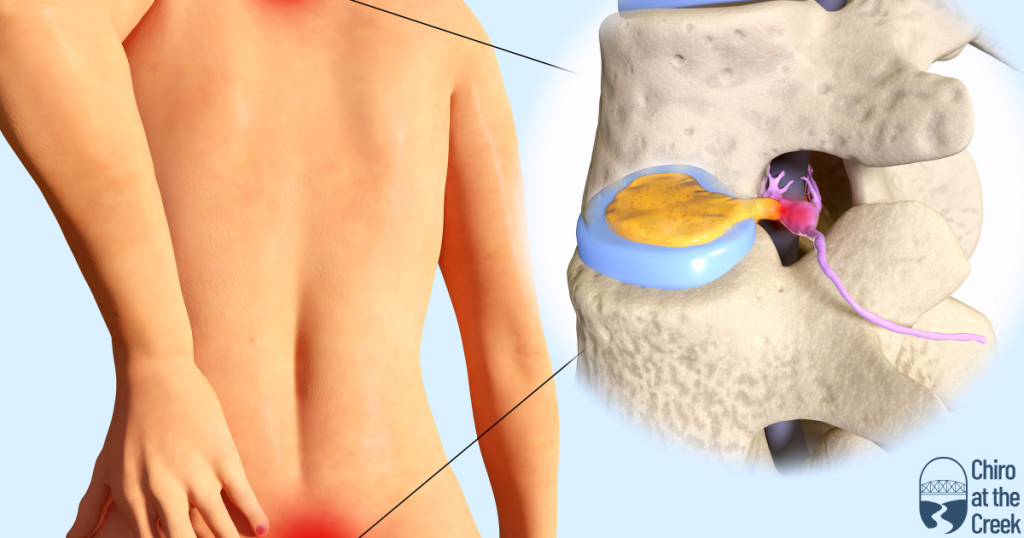Chiropractic Care: A Solution for Sciatica Relief
Chiropractic care can be a game changer for those suffering from sciatica, a condition commonly characterized by pain that radiates along the path of the sciatic nerve, which extends from the lower back down through each leg. This type of non-surgical treatment focuses on the manipulation of the spine to improve alignment, alleviate pain, and support the body’s natural healing abilities. With growing research supporting its effectiveness, many individuals are turning to chiropractors for relief.
Understanding Sciatica and Its Impacts
Sciatica is not merely a condition, but a symptom of an underlying problem involving the sciatic nerve, such as a herniated disk or spinal stenosis. The pain typically affects one side of the body and can vary in intensity from mild discomfort to severe and debilitating pain. Numbness, tingling, and muscle weakness are other common symptoms associated with sciatica. This condition can significantly interfere with daily activities and quality of life, making effective treatment essential.
According to a study conducted by the National Center for Biotechnology Information (NCBI), it was noted that sciatica affects up to 40% of the population at some point in their lives. The research underscores the need for effective management strategies and highlights the impact of sciatica on the health of the global population.
Chiropractic Techniques for Sciatica
Chiropractors use a variety of techniques to treat sciatica, with spinal adjustments and manipulations being the most common. These techniques aim to realign the spine, reduce nerve irritability, and improve mobility. For instance, the high-velocity, low-amplitude (HVLA) thrust is a widely recognized spinal manipulation technique that targets restricted spinal joints and works to restore them to proper function.
In a systematic review published by the Journal of Manipulative and Physiological Therapeutics, evidence suggested that spinal manipulative therapy, a primary technique used in chiropractic care, is an effective treatment for reducing sciatica and associated lower back pain. Patients reported significant improvements in pain levels and an enhanced ability to perform daily functions.
The Role of Chiropractic Adjustments
The core of chiropractic care lies in its adjustments, which are designed to help the body heal itself. These adjustments are tailored to individual needs and are based on a thorough evaluation of the patient’s unique spinal alignment and health status. A chiropractor will often use controlled force to make precise adjustments to the problematic areas of the spine.
Research supporting the efficacy of chiropractic adjustments for sciatica includes findings from a clinical trial published in the European Spine Journal. The study showed that patients who received chiropractic adjustments reported enhanced outcomes in terms of pain reduction and overall recovery compared to those who did not receive such care.
Complementary Therapies in Chiropractic Practice
Chiropractic care often incorporates other non-invasive therapies to enhance outcomes for patients with sciatica. These may include modalities like ice or cold therapy, which helps reduce inflammation around the sciatic nerve, and ultrasound therapy, which uses sound waves to penetrate deep into muscle tissues, reducing spasms, swelling, and pain.
A study in the American Journal of Physical Medicine & Rehabilitation found that the combination of chiropractic care and ultrasound therapy was beneficial in reducing acute sciatica symptoms more effectively than chiropractic treatment alone. Thus, an integrated approach that includes multiple methodologies can be particularly effective for comprehensive sciatic relief.
Conclusion: Chiropractic Care as a Viable Option for Sciatica
For those struggling with the disruptive symptoms of sciatica, chiropractic care offers a promising solution. By focusing on spinal adjustments, utilizing complementary therapies, and promoting the body’s natural healing processes, chiropractic practitioners help alleviate pain and improve function without the need for drugs or surgery. As research continues to advance, the role of chiropractic in treating sciatica becomes even more compelling, encouraging those affected to consider this non-invasive approach to pain relief.
Consistently, studies validate the positive effects of chiropractic interventions, making it a reliable choice for those seeking an alternative or complementary treatment for sciatica. As with any medical treatment, prospective patients should consult with a chiropractor to determine the most appropriate therapeutic approach for their specific condition.













